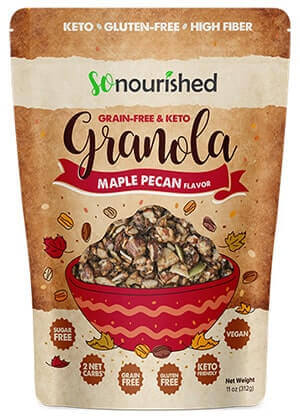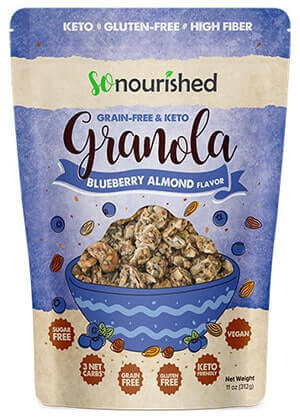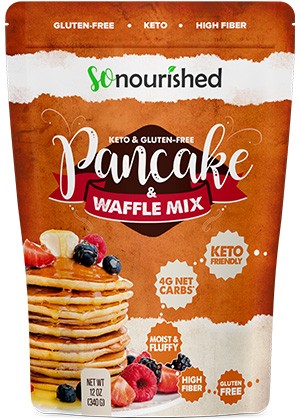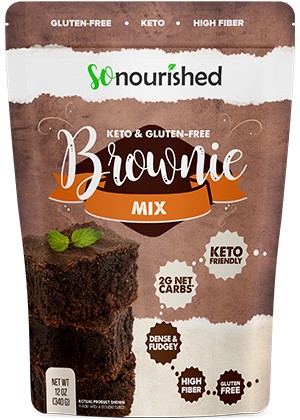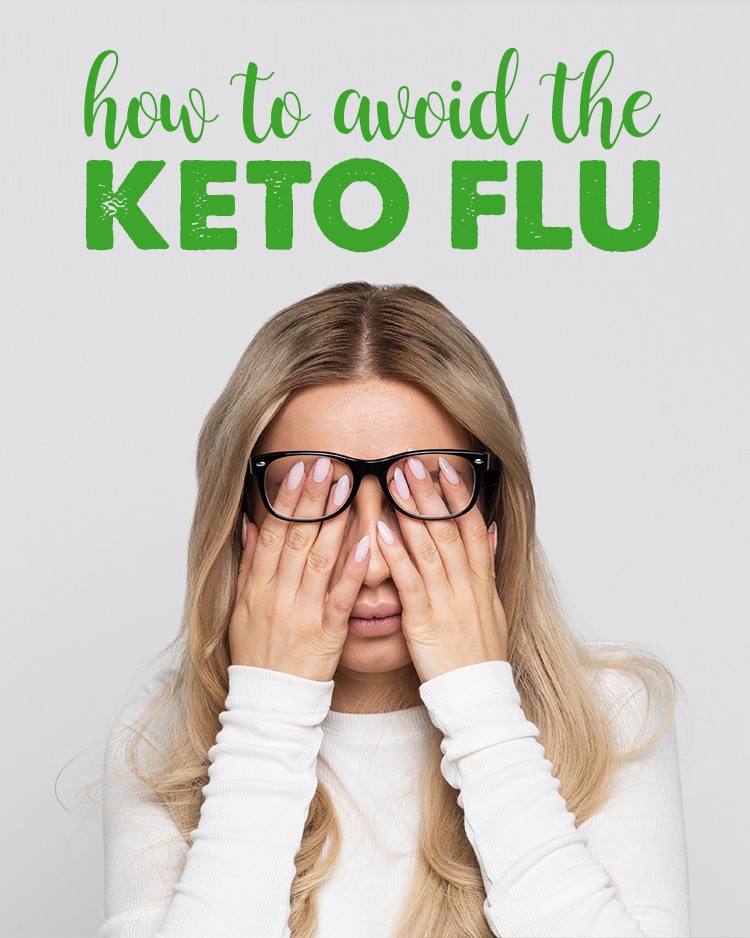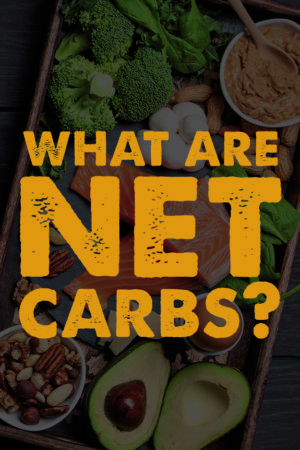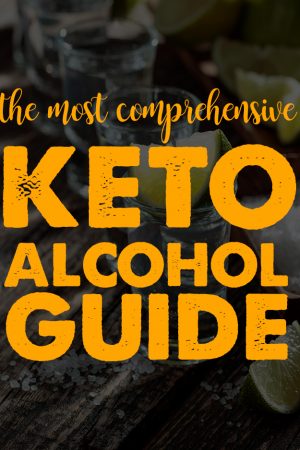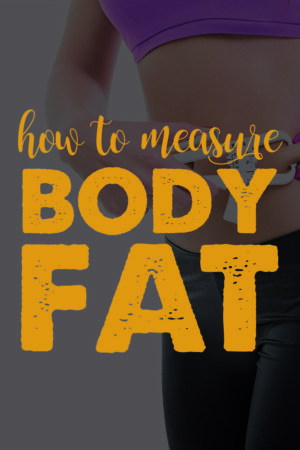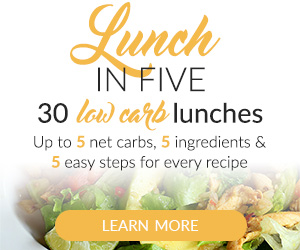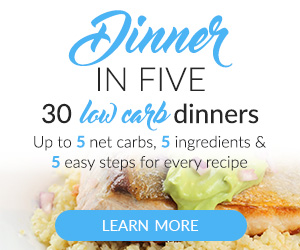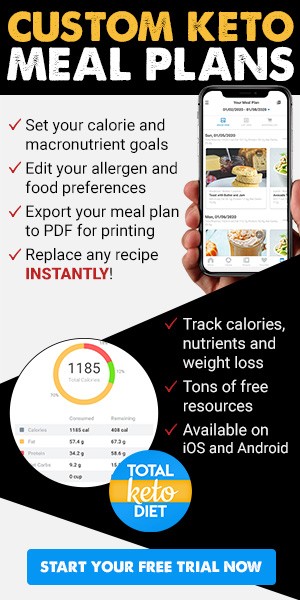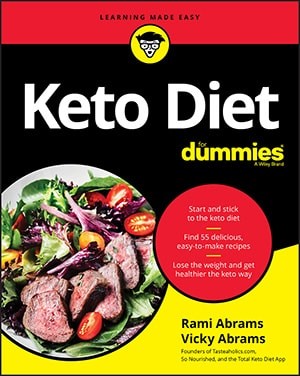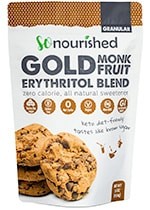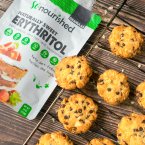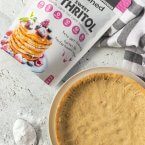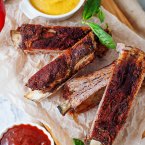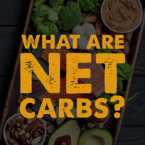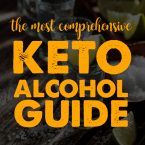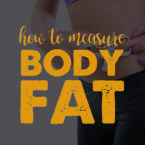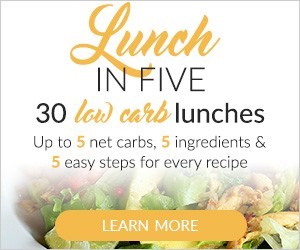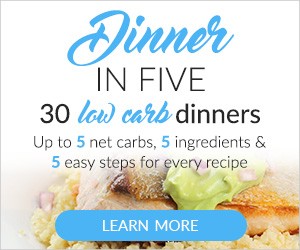What is the Keto Flu?
The “keto flu” is the name given to a set of symptoms that some people experience when they first begin keto. Fortunately, this isn't actually some version of influenza, and it isn't contagious, but the symptoms are similar to what people who have the flu experience. These can include:
- cough
- dizziness
- difficulty focusing (brain fog)
- fatigue
- headaches, irritability
- lack of motivation
- muscle cramps
- nausea
- sniffles
- sugar cravings
Not everyone will experience this, and for those who do, the symptoms range from mild and lasting for a day to pretty rough and lasting for a couple of weeks. Don't be discouraged, though; this won't last forever, and you might be surprised at the reason you're having this experience.
What Causes Keto Flu
The keto flu is an indicator that you were so dependent on carbs that you were (quite literally) addicted to them. These are withdrawal symptoms. Several studies have shown that the physical effect sugar has on the body and brain is similar (and can even be more powerful) than cocaine or heroin!1 The pleasure centers in our brain are activated when you eat lots of carbs and begin to generate dopamine, the hormone that's often referred to as the “feel-good” hormone. When you drop carbs and get on the keto diet, your body is going to have a reaction to that–the longer you've been on carbs and the more heavily you've indulged in them in the past, the worse the repercussions will be.
The most important thing you can do is keep pushing through. While these symptoms aren't pleasant, keep in mind that they aren't harmful and that every day you push through is another one you won't have to face as long as you keep going. Your body is recalibrating to a new normal, and it can take a bit of adjustment. Many people don't experience it at all, and for those who do, the majority of them are over it in 3 to 5 days.
What Keto Flu Is
Although the overarching cause of the keto flu is a lack of carbs, understanding the more immediate causes can help you address them and reduce or even eliminate the symptoms. When you reduce the number of carbs you're eating, your body begins to work through any stored glucose and glycogen it has in the cells, muscles, and liver. Each glycogen molecule bonds with three to four molecules of water; when the glycogen is eliminated, it takes those water molecules with them. Water doesn't normally leave the body in pure H2O form; instead, it carries electrolytes with it. These are most commonly sodium, magnesium, potassium, magnesium, phosphorous, and calcium.
If you're experiencing nausea, the reason is most likely that you aren't used to consuming so much fat. Your body uses enzymes to break down fat into ketones, and the more fat you consume, the more enzymes you need. If you haven't been eating a lot of fat, though, your digestive system isn't used to producing that much, let alone dealing with it. When your body can't process that much fat, it can back up in your system and make you feel sick to your stomach. Until you get used to subsisting primarily on fat, the most common side effect is nausea. Because this is largely a transitional effect and isn't permanent, the best approach you can take is to ease into keto. Select an official start date for your diet, then for a week or two prior, eat at least one keto meal and slowly begin decreasing your carbs (cut out sugary snacks, beverages, and desserts first). This will allow your body to adapt to increasing levels of fat and decreasing amounts of carbs; most people who adopt this approach never experience keto flu symptoms at all.
How to Fight Keto Flu
Many of the symptoms of keto flu can be traced directly to dehydration and a loss of core minerals.2 Replacing these is critical to get out of this funk as quickly as possible. Be sure to drink plenty of water, and for the first week, don't hesitate to enjoy zero-calorie or low-calorie sports drinks. The basic rule for hydration is to take half of your weight in pounds and take in that amount of water in ounces per day. For example, if you weigh 150 pounds, you should be drinking 75 ounces per day. Because you're losing water weight during this time, you'll need to temporarily increase that. Drink water until your urine runs almost completely clear. Tea and coffee can count toward your daily limit, but soft drinks and energy drinks actually dehydrate you, so you'll need to up your fluid intake to counteract those. You can also take a multivitamin supplement that replaces these minerals; just be sure to choose a non-sugary, low-carb option.
The best way to get rid of the keto flu, however, is never to experience it at all. You can follow a few strategies to make sure this happens. First, stay hydrated. Three-quarters of Americans are chronically dehydrated,3 and thirst is often confused with hunger. Staying hydrated starts as a habit, so track your water intake daily until you're on good routines. Be sure that you're hydrated the week before you transition to keto, and it will go a long way toward reducing your chances of experiencing any flu-like symptoms.
Also, don't be afraid to season your food liberally, particularly with salt. We've all heard of the negative effects too much sodium can have on the body, and this is definitely true. However, it's far more common for low-carb dieters to get too little salt than too much, so increasing your seasoning won't be a problem.
Staying Strong
When you're on keto, be sure to eat plenty of foods that will regularly replenish the vitamins and minerals your body needs to stay healthy. Here is a list of keto-friendly foods that are high in electrolytes:
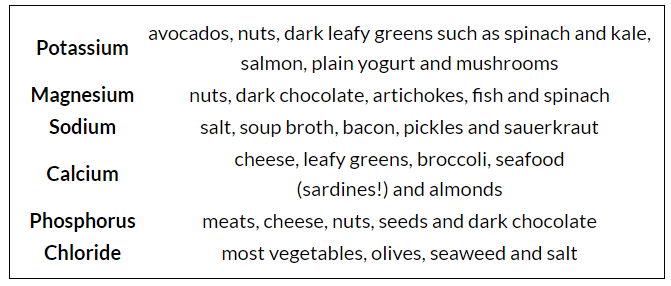
Bone broth is another valuable tool that you can use. It's packed with collagen, gelatin, proteins, vitamins, and minerals that will help keep you on track. It's easy to make, and when you do it on your own, you know exactly what it contains–and that means no additional preservatives or chemical additives. Coconut water is an excellent source of electrolytes,4 just be sure to get a pure version and avoid any with sugary additives. Straight coconut water should be in the neighborhood of 10 grams per 8-ounce serving. While this isn't exactly low-carb, it's a great natural wat to replenish those electrolytes if you feel yourself start to get low.
Becoming and Staying Keto Adapted
Once you enter ketosis, your body will begin the process of becoming “fat adapted” or “keto adapted.” This means you're used to running off of ketones, and your body is beginning to do so more and more efficiently. Our hunter-gatherer ancestors were equally adept at using glycolysis and ketosis, but in today's world, many of us have never entered ketosis over the course of our entire lives. While it's a natural process, it's also a relatively (or completely) new experience for most of us. The longer you stay on keto, the more rapidly and effortlessly your body will return to it even after a cheat meal.
The more keto-adapted you are, the more easily you'll be able to fast. This is because your digestive system is used to running on fat, and when there's no fat in your stomach, it simply switches over to the fat you've stored on your body. When you're on glycolysis and miss a meal, your body will resist switching over to ketosis. It will likely take several days, and those might not be pleasant (e.g., the keto flu). When you're fat-adapted, however, there's virtually no transition.
This is why intermittent fasting (IF) works so well with the ketogenic diet. During IF, you'll only eat during a specific window each day. Many people choose a 6- or 8-hour timeframe, although you can choose whatever fits into your schedule. For the other 16 to 18 hours of the day, your digestive system has no choice but to pull energy from your waistline (or wherever else unwanted fat is hanging around). Since you're consuming enough during your eating window that your body doesn't feel like it's going into starvation mode, it will continue to burn calories at a regular pace throughout the day. The longer you spend not eating anything, the longer your body has to pull calories from your fat stores, which accelerates how quickly you burn through fat.
It's extremely rare to experience the keto flu after the first time you transition onto keto. Even if you cycle on and off of it, each time you get back on the diet should be that much easier. In fact, one of the most common pieces of feedback we hear is that once someone is fat-adapted, they feel better than they ever have in their lives. If you are experiencing flu-like symptoms when you transition, follow the strategies above and keep pushing–you'll be through the worst of it quickly.
References
- Ahmed, SH, et al. “Sugar addiction: pushing the drug-sugar analogy to the limit.” Curr Opin Clin Nutr Metab Care. 2013 Jul;16(4):434-9. doi: 10.1097/MCO.0b013e328361c8b8. https://www.ncbi.nlm.nih.gov/pubmed/23719144
- Chernecky CC, Berger BJ. “Electrolytes panel – blood.” In: Chernecky CC, Berger BJ, eds. Laboratory Tests and Diagnostic Procedures. 6th ed. St Louis, MO: Elsevier Saunders; 2013:464-467. https://medlineplus.gov/ency/article/002350.htm
- Ericson, John. “75% of Americans May Suffer From Chronic Dehydration, According to Doctors.” Medical Daily, 3 July 2013. https://www.medicaldaily.com/75-americans-may-suffer-chronic-dehydration-according-doctors-247393
- Bellamy, Bryn. “Electrolyte Minerals in Coconut Water. Healthy Eating, 27 November 2018. https://healthyeating.sfgate.com/electrolyte-minerals-coconut-water-1107.html
NUTRITIONAL DISCLAIMER
The content on this website should not be taken as medical advice and you should ALWAYS consult with your doctor before starting any diet or exercise program. We provide nutritional data for our recipes as a courtesy to our readers. We use Total Keto Diet app software to calculate the nutrition and we remove fiber and sugar alcohols, like erythritol, from the total carbohydrate count to get to the net carb count, as they do not affect your blood glucose levels. You should independently calculate nutritional information on your own and not rely on our data. The website or content herein is not intended to cure, prevent, diagnose or treat any disease. This website shall not be liable for adverse reactions or any other outcome resulting from the use of recipes or recommendations on the Website or actions you take as a result. Any action you take is strictly at your own risk.
- What Are Net Carbs? - April 29, 2020
- The Most Comprehensive Keto Alcohol Guide - April 28, 2020
- How to Measure Body Fat Percentage - April 26, 2020


